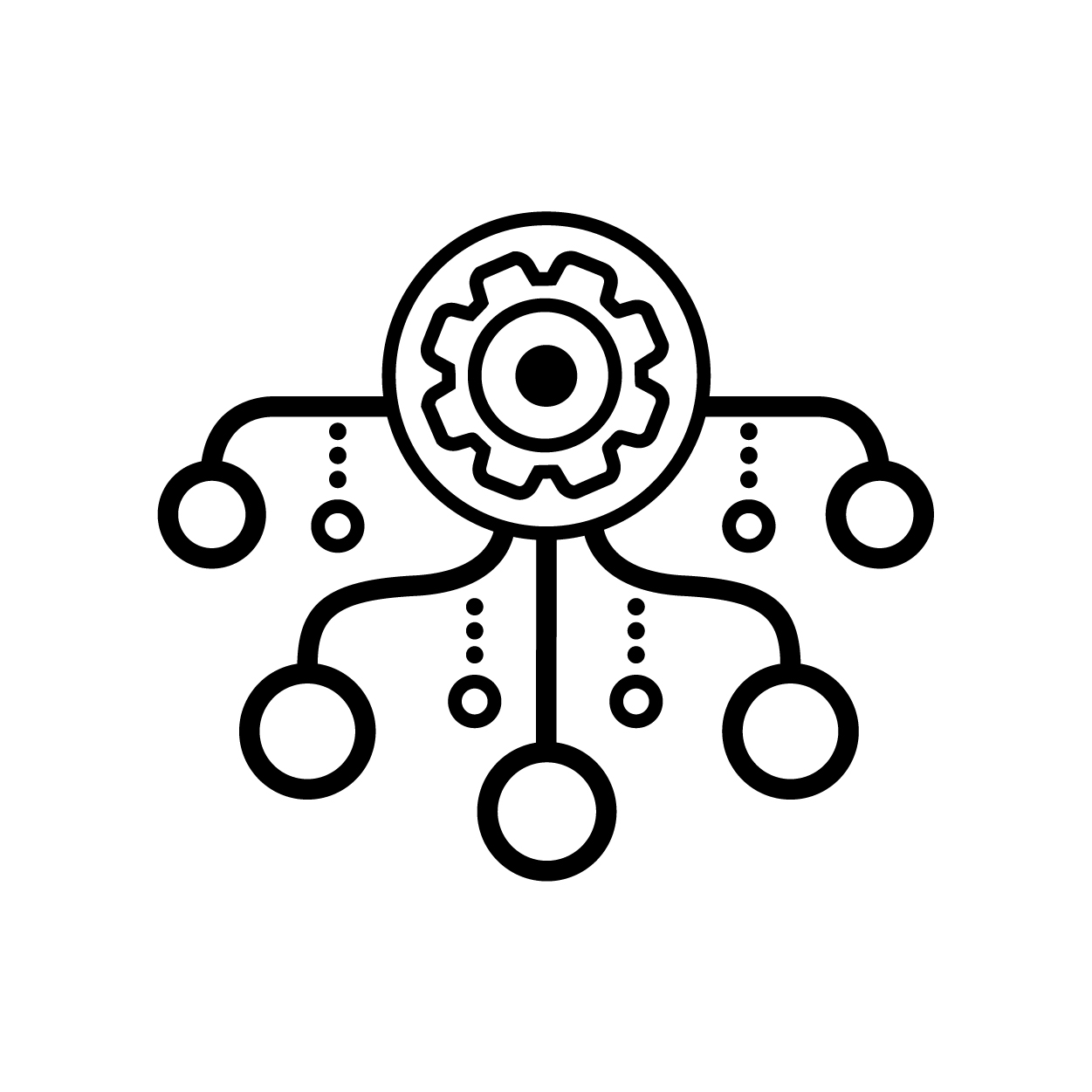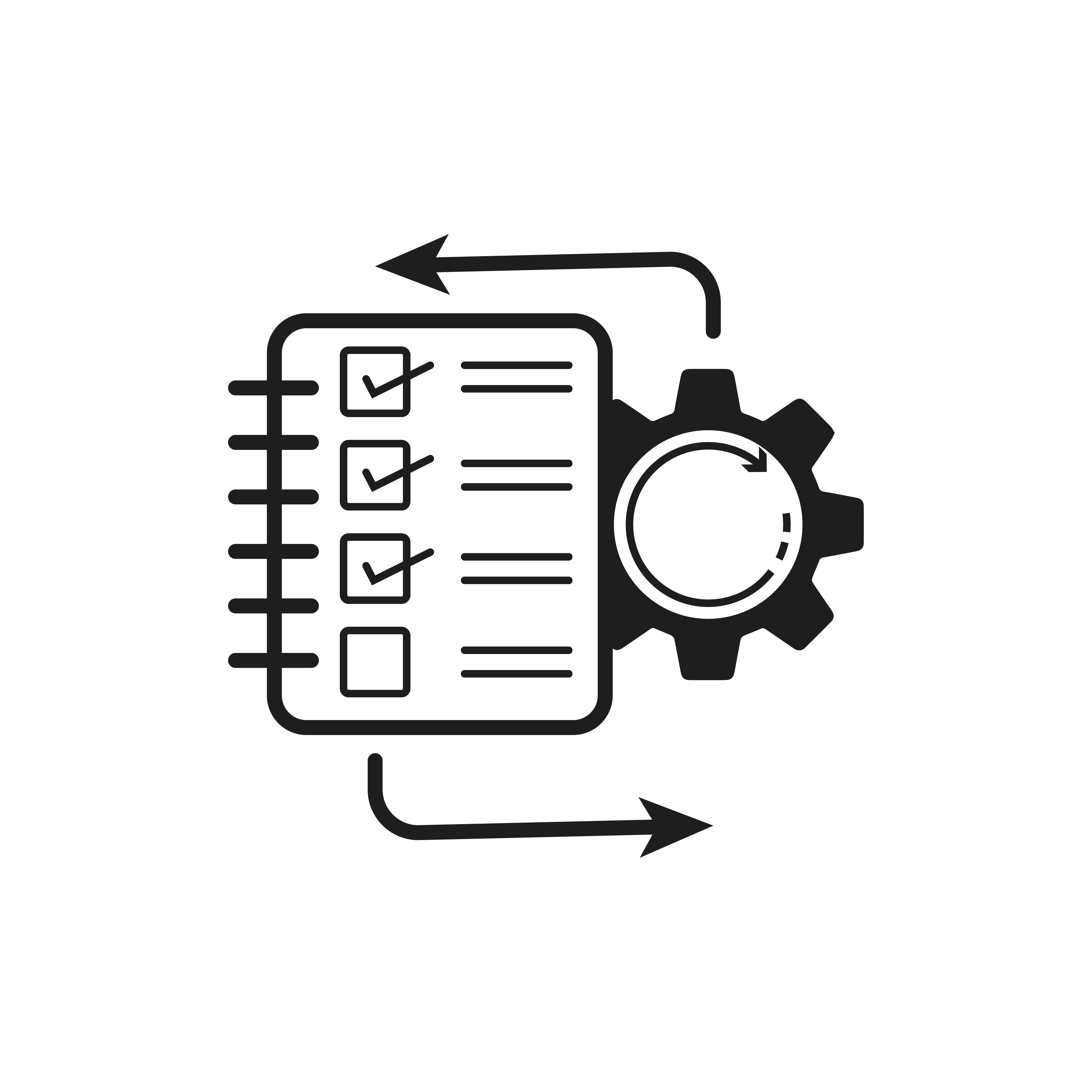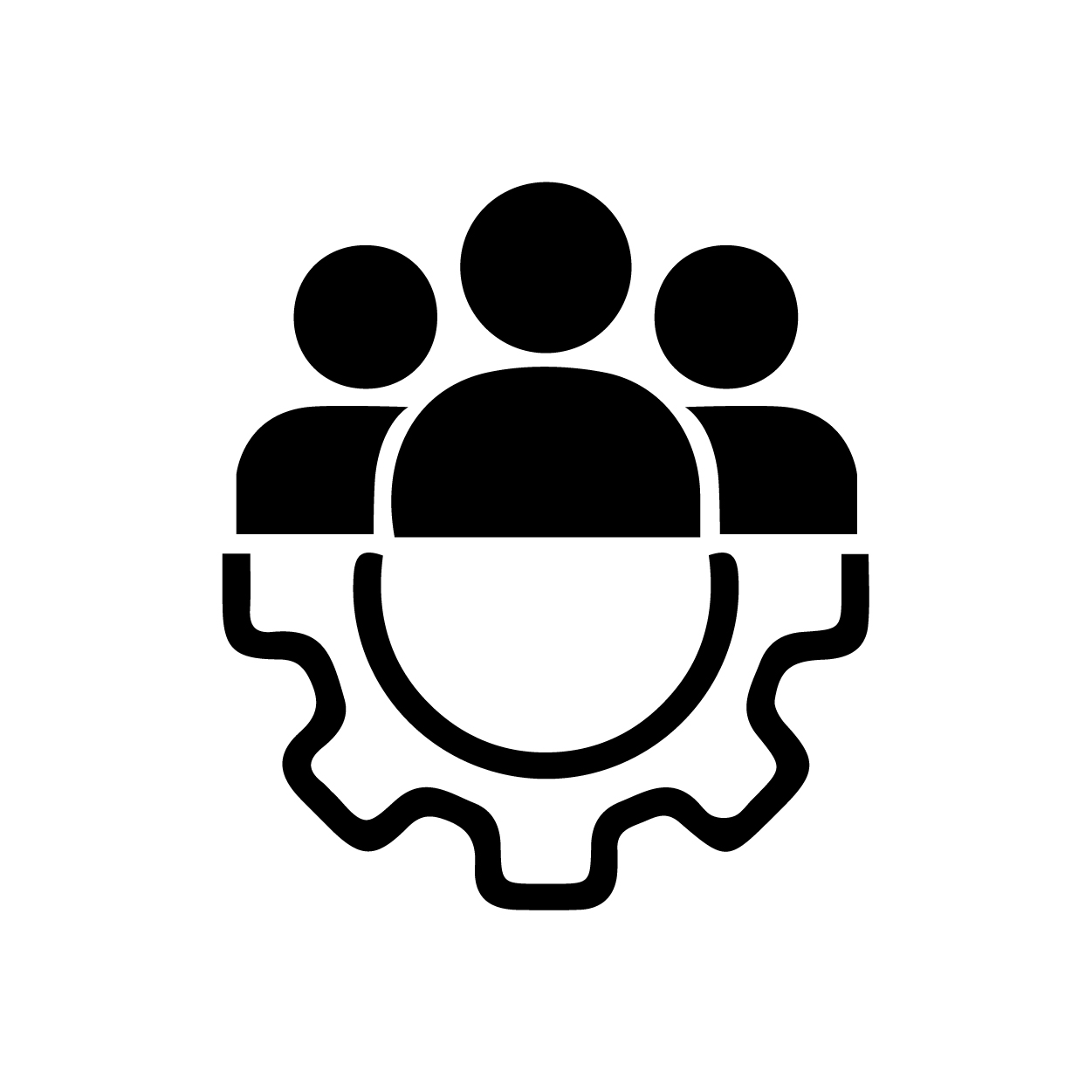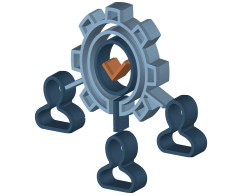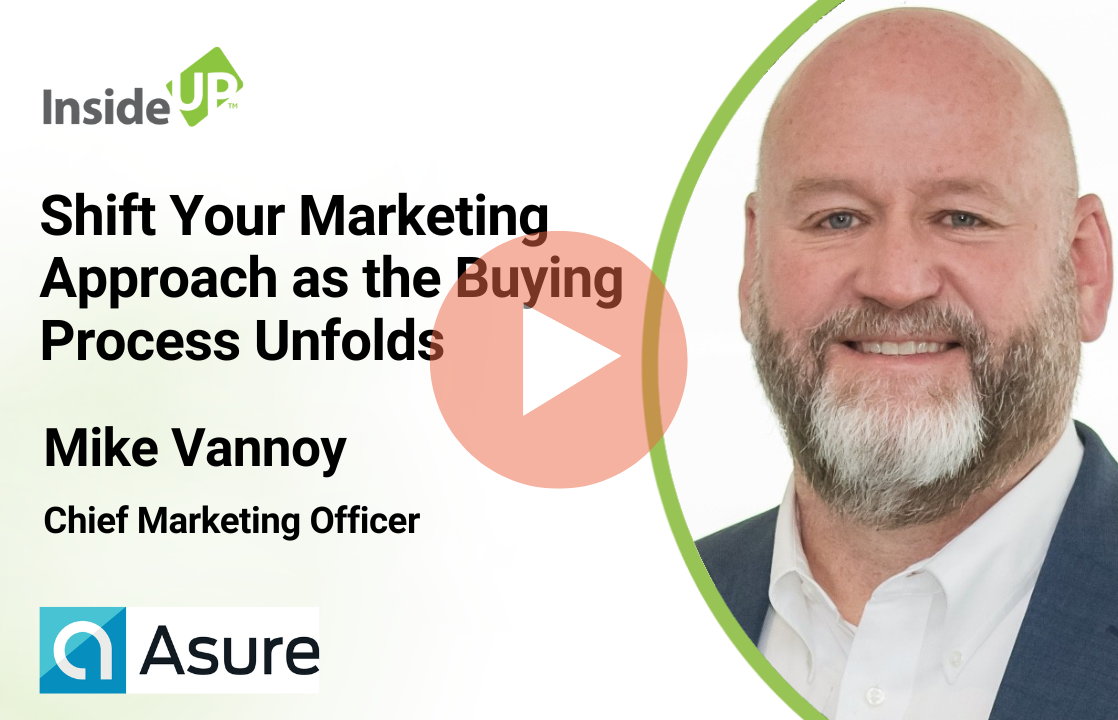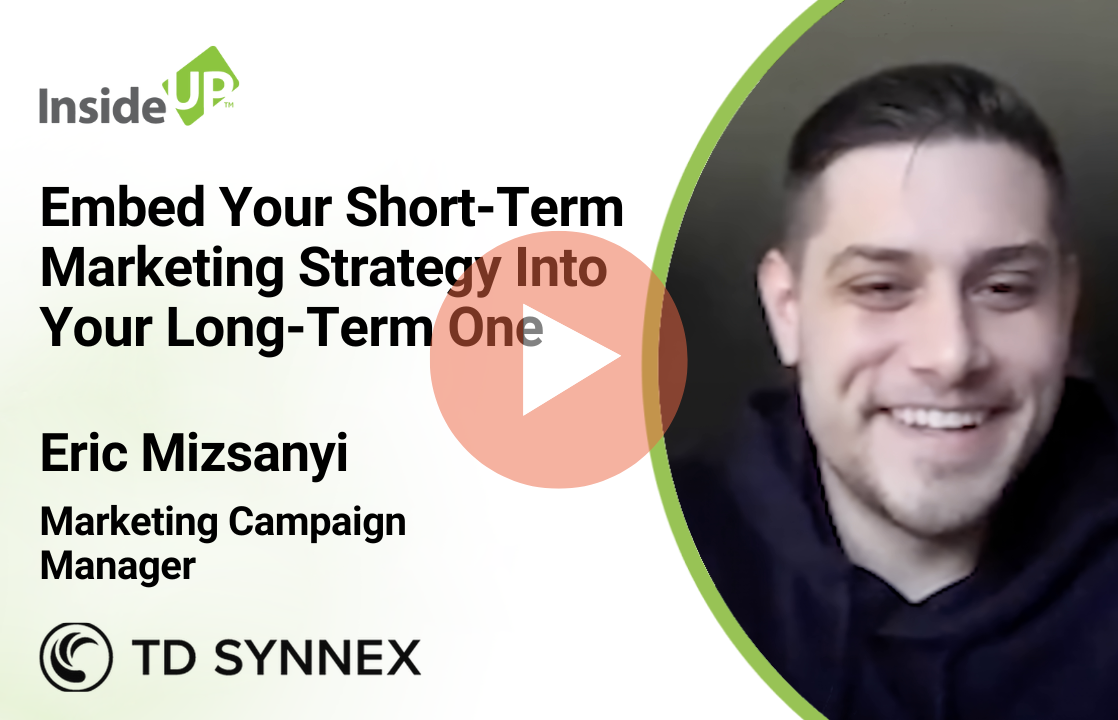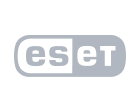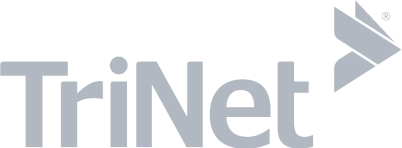
I interviewed Corey Rawdon, Director, Lifecycle Marketing at Okta, for my latest article on Sales & Marketing Alignment as part of the thought leadership series sponsored by InsideUp.
Background
Corey’s role gives him responsibility over Lifecycle Marketing. His teams own the entire marketing and sales lifecycle from “engaged” forward. “My teams build out nurture streams, buyers’ journeys, and renewal journeys that move contacts from engaged through qualification, the entirety of the sales funnel, and the customer lifecycle funnel.”
Lifecycle Marketing within Okta is organized into four functional areas: 1) Buyer Journeys (Qualified Lead to Sales), 2) Sales Journeys (Sales to Customer), 3) Customer Journeys (Customer to Renewal/Upsell/Adoption), and 4) Self-Service Journeys (Free Trials for Okta’s IT and Developer products).
About Okta
Okta is the leading independent identity provider. The Okta Identity Cloud enables organizations to securely connect the right people to the right technologies at the right time. With more than 7,000 pre-built integrations to applications and infrastructure providers, Okta provides simple and secure access for people and organizations everywhere, giving employees the confidence to reach their full potential.
| KEY TAKEAWAYS 1. Sales & Marketing alignment begins with mapping the customer journey 2. Touch points and opportunities for alignment are identified early 3. Alignment occurs via accountability and transparency around shared metrics 4. Okta’s planning process is market driven 5. Content and offers are localized by field marketers who work closely with sales development reps with geos and market segments 6. ABM becomes an important approach when moving up-market and it influences the types of tools that are required |
Sales & Marketing Alignment as a Strategic Imperative
Sales & marketing alignment, in Corey’s view, is best achieved via shared visibility on outcomes. Okta embraces a market driven approach to demand generation planning. Joint planning with sales leadership occurs annually, quarterly, monthly and weekly. Annual planning emphasizes targets and budgets, whereas quarterly and monthly planning horizons becomes more focused around local market conditions and evolving requirements. Weekly meetings become even more granular as they look at specific things like campaigns, cadence, and emerging content needs. All meetings involving sales and marketing team members are centered around establishing accountability for their respective contribution to shared metrics as an enterprise.
I asked Corey what Okta is doing to further enhance sales & marketing alignment in 2021 and beyond. Corey closed with “I think it’s twofold: We need to grow and mature what is working within our organization today as well as scale up-and-out in terms of our campaigns. In addition, we really need to do more in terms of embracing the full progression of the deal. Many marketing organizations around the world tend to drive awareness and pipeline and then turn responsibility (for closing the deal) over to the sales team. But marketing has a greater role to play there. There’s the concept of providing air cover. How do we (continue to) support the deal when it starts to go up and out into the sales team? I think that’s where you will see more closer alignment at Okta in 2021.”
Focus on Companies and Personas
Okta establishes demand generation “territories” using a geographical and segmentation approach. Corey explained that their demand generation efforts were based on a variety of geographic variables. They investigate the companies located in a specific geography, their size; what they care about as an organization, and more specifically, what are their identity and access management needs.
The lifecycle marketing teams at Okta recognize that every “lead” is actually a human being. They approach persona analysis by trying to understand that person, the company they work for, what they care about, their communications preferences, and past engagements with Okta.
Okta offers products that secure a company’s workforce and customers. Corey continued “…take Experian as an example. We would work with Experian to secure their workforce’s access to internal products. Then, for members of the Experian credit file community, we go on to secure each community member’s access to a credit file. We do a pretty extensive review of every company within a geography before we move into that market. We then take demand generation down a level and talk about it from a segment perspective.”
Okta aligns their demand generation with a traditional funnel view. At the very top of the funnel, they have to consider many unknowns when building awareness. As they move to mid funnel, it is more about building trust. The goal here is to build affinity for Okta products versus competitive products. As they progress to the bottom of the funnel, marketing has to begin looking at how to support deals going forward.
“As a demand generation team, we cover motions across the full funnel within a specific geo and segment combination. As we grow and mature, we continue to add coverage and complexity over time.”
Building out the buyer profile is key. This effort incorporates past engagement, behavior and role in the purchasing decision and level of fit with an Ideal Customer Profile. Field marketing carries the responsibility to engage buyers in the field – including the virtual field.
Metrics
Corey views metrics as a set of inputs and a set of outputs. While he can control the inputs, he can only report and analyze the outputs. Outputs are measured in terms of 1) pipeline value, 2) the pace at which deals transition through the pipeline and, ultimately, 3) revenue.
Examples of inputs he can control include such aspects as 1) how many white papers have been created, 2) how many campaigns were executed, and 3) how many personas were touched. As a demand generation team, they review their metrics weekly with continuous improvement as the goal. They can then adjust their inputs to ramp up or down depending on the situation.
Corey approaches metrics as a holistic scorecard. Salesforce is their core system of record and they leverage tools like Tableau to create the needed dashboards and scorecards. Marketo & 6Sense are used for managing the website, content and campaigns. As their targeting moves up-market, ABM focused programs become more important. This can, in turn, dictate which tools are emphasized.
Intent
Historically, Okta has utilized 1st party data gathered from visitation to their website to look for intent signals. Corey did share that “…they are currently in the process of instrumenting what signal aggregation might look like, both from an intake perspective and then moving that data into relevant insights where we can apply our technology to trigger events.”
Corey said that as they move to larger accounts it is important not just to analyze and understand specific buyers’ intent, but other influencers and buyers in that company that make up the buying committee.
Conclusion
My interview with the head of lifecycle marketing at Okta confirms my suspicion that the common denominator I am seeing is the adoption of shared metrics across sales and marketing functions that starts with the planning process and is then tracked with technology tools and real time dashboards. However, everyday alignment between these two functions seems to vary based on how prevalent up-market programs, such as ABM, are applied, as well as the level of content envisioned and disseminated to buying committee members.
InsideUp, a leading demand generation agency, has over a decade of experience assisting technology clients, that target mid-market and enterprise businesses, by meeting and exceeding their key marketing campaign metrics. Our clients augment their in-house demand generation campaigns (including ABM) by partnering with us to build large sales pipelines. Please contact us to learn more.


